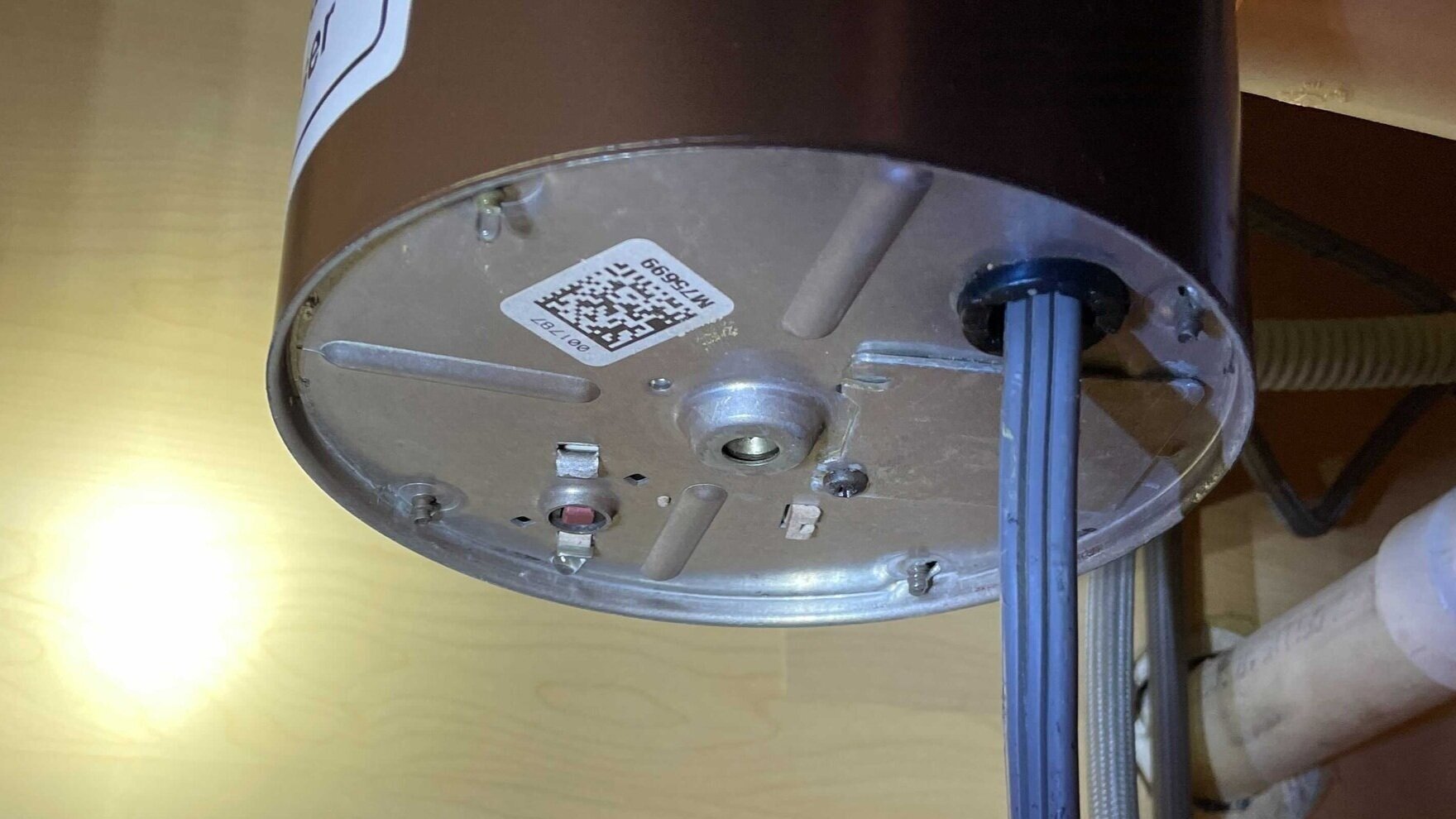Our Definitive Guide to Fixing a Leaky Waste Disposal Unit
Our Definitive Guide to Fixing a Leaky Waste Disposal Unit
Blog Article
What are your ideas concerning Why Is My Garbage Disposal Leaking From the Bottom??

Waste disposal unit are important cooking area devices that assist in dealing with food waste effectively. Nonetheless, a leaking garbage disposal can be an aggravating and untidy trouble to manage. Fortunately, numerous leaks can be taken care of easily with a few easy steps. In this short article, we will talk about exactly how to take care of a dripping waste disposal unit properly.
Intro
Garbage disposals are installed under kitchen sinks and are developed to shred food waste into smaller pieces, allowing it to pass through the plumbing system conveniently. While these tools are typically reputable, leaks can occur in time due to deterioration, loose connections, or damage to the unit.
Common Causes of Leakages in Rubbish Disposals
Worn Seals and Gaskets
Seals and gaskets play a vital function in stopping water from leaking out of the garbage disposal. Over time, these parts can degrade, causing leaks around the disposal system.
Loose Connections
The connections between the waste disposal unit and the pipes system can end up being loose in time, causing water to leakage out throughout operation.
Splits or Openings in the Disposal System
Physical damage to the garbage disposal, such as fractures or openings in the housing, can likewise lead to leaks.
Identifying the Resource of the Leak
Prior to trying to deal with a leaking waste disposal unit, it is vital to determine the source of the leak. This can generally be done with visual assessment or by performing basic examinations.
Visual Evaluation
Inspect the garbage disposal device very carefully for any indications of water leakage. Pay very close attention to areas around seals, gaskets, and link factors.
Checking for Leaks
One method to check for leakages is by running water via the disposal device and looking for any kind of noticeable indicators of leak.
Devices and Products Needed for Taking Care Of a Leaking Garbage Disposal
Before beginning the fixing procedure, collect the required tools and products, consisting of a screwdriver, flexible wrench, plumbing professional's putty, substitute seals or gaskets, and epoxy or patching material for fixing cracks or openings.
Step-by-Step Overview to Fixing a Dripping Waste Disposal Unit
Switch off the Power
Prior to attempting any fixings, make certain that the power to the waste disposal unit unit is switched off to prevent the threat of electrical shock.
Find the Leakage
Determine the precise location of the leak and determine the reason.
Tighten Links
Use a wrench to tighten any type of loosened links between the disposal device and the pipes system.
Replace Seals or Gaskets
If the leakage results from worn seals or gaskets, eliminate the old parts and replace them with new ones.
Patching Splits or Openings
For splits or openings in the disposal system, use epoxy or an appropriate patching product to secure the broken location.
Evaluating the Waste Disposal Unit After Fixing
As soon as the fixing is complete, test the garbage disposal by running water via it to make sure that the leakage has been resolved.
Preventive Upkeep Tips to Avoid Future Leakages
To stop future leaks, it is essential to execute regular upkeep on your garbage disposal. This consists of keeping it tidy, avoiding placing non-food products or difficult things down the disposal, and periodically checking for leakages or other concerns.
Conclusion
In conclusion, repairing a dripping garbage disposal is a relatively straightforward process that can be finished with basic tools and materials. By complying with the actions described in this article and exercising preventive upkeep, you can maintain your garbage disposal in good working condition and prevent costly repair services in the future.
HERE’S HOW TO FIX YOUR GARBAGE DISPOSAL
WHAT TO DO IF SOMETHING IS STUCK IN YOUR GARBAGE DISPOSAL
If the impeller won’t turn, there’s probably something stuck in the disposal. It could be a steak bone or peach pit, although plumbers report pulling all sorts of inappropriate objects out of disposals, such as bottle caps or aluminum foil. Make sure power to the disposal is off, and look inside to see if you can see the source of the jam.
Never stick your fingers in a disposal. Pull out anything you see with tongs or pliers.
If the disposal still won’t work, it may be time to call a plumber or consider buying a new disposal. GEM Plumbing & Heating is here for all of your garbage disposal needs.
WHAT TO DO IF YOUR GARBAGE DISPOSAL DRAIN IS CLOGGED
Take everything out from underneath your sink and put a bucket or other container under your disposal to catch any water that drains out. Disconnect your disposal from the power supply. If it’s plugged into a wall outlet, unplug it. If it’s hardwired into an electrical box, go to the electrical panel and turn off the breaker for the disposal. Pour ¼ cup of baking soda into the drain, followed by ½ cup of white vinegar. Give the solution a few minutes to fizz and do its work. Look into the disposal with a flashlight to see if you can see an object that might be causing the clog. If you see it, remove it using tongs or pliers. MORE TIPS ON DEALING WITH A CLOGGED GARBAGE DISPOSAL
Never use drain cleaner in a garbage disposal. It can damage the plastic parts inside the disposal. You can also be splashed with the caustic liquid while working to clear the clog. Beware! Never stick your fingers into a garbage disposal. Trust us — not a good idea. In many instances, your dishwasher drains through your garbage disposal. This allows the disposal to grind any large food particles that may be drained out of your dishwasher. There are some jurisdictions, however, where the plumbing code prohibits such a connection. WHAT TO DO WHEN YOUR DISHWASHER DRAINS THROUGH THE DISPOSAL
Run some water in the sink so your plunger has at least a ½-inch of water to create a seal and plunge vigorously up and down several times. You may need to repeat this several times. Run hot water down the drain to clear any residue that remains.

I'm certainly very taken with Why Is and I'm hoping you enjoyed the new article. If you liked our article kindly do not forget to pass it around. I praise you for your time. Visit again soon.
At This Website Report this page